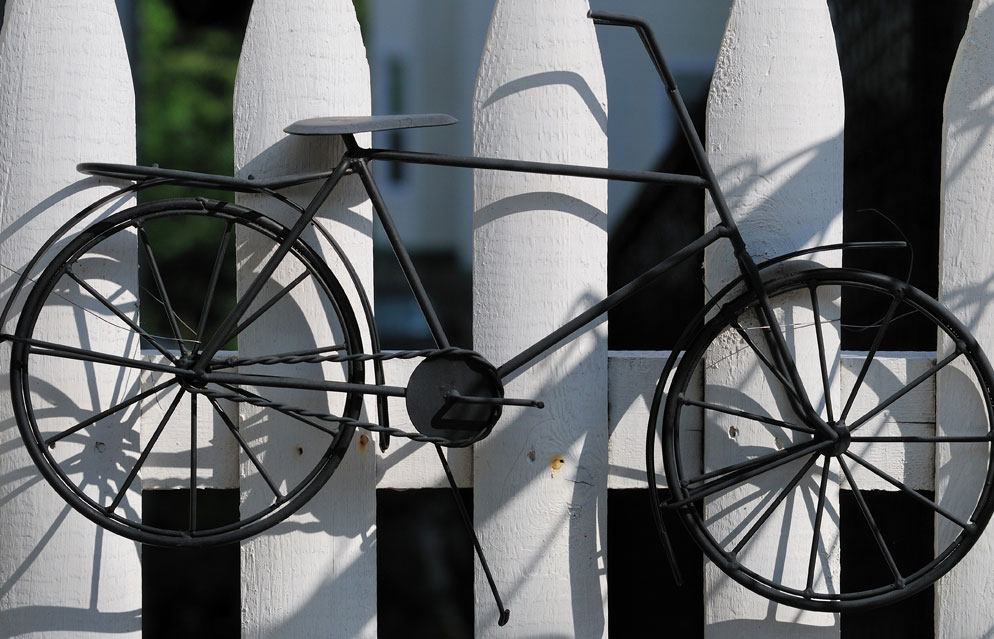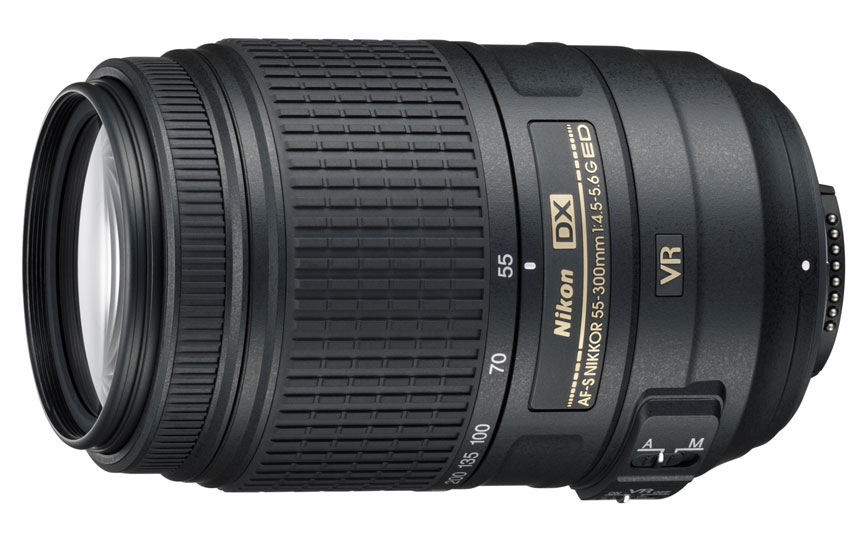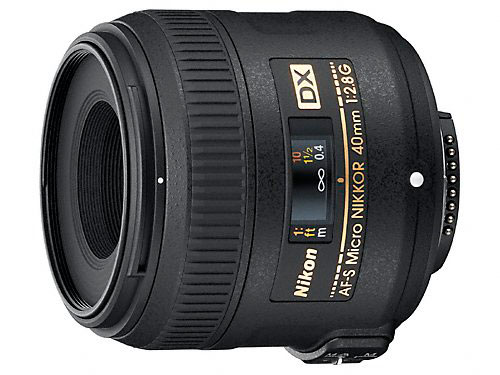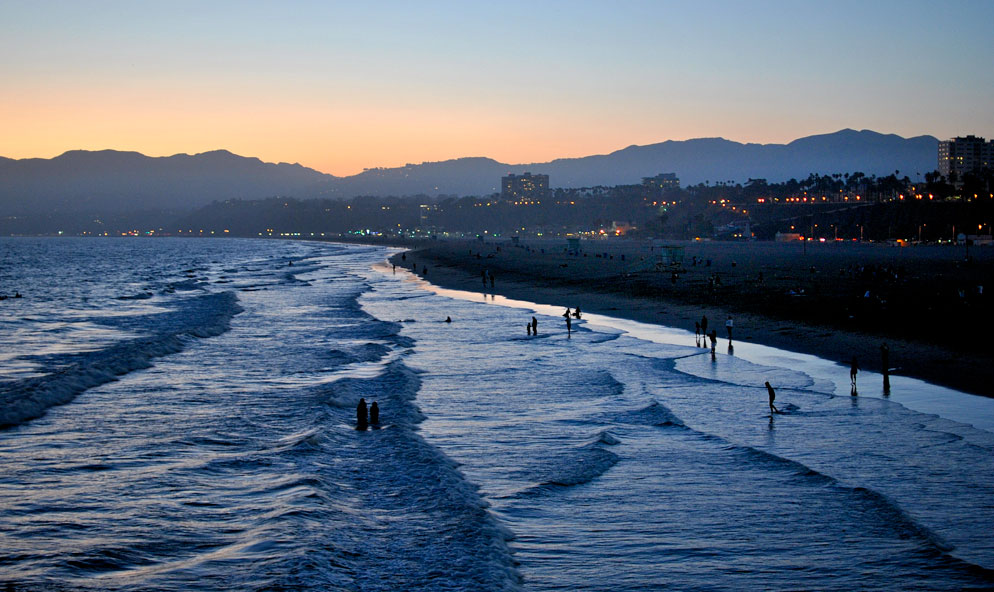How to Choose Your Next DSLR Lens
Chances are your Nikon DSLR came with a kit lens. Whether it was the AF-S DX Zoom-NIKKOR 18-55mm f/3.5-5.6G ED II, or the AF-S DX NIKKOR 18-105mm f/3.5-5.6G ED VR, or another versatile NIKKOR zoom, the aim of the kit concept is to immediately put in your hands a camera and lens combination that'll capture the variety of subjects and situations a DSLR enthusiast is not only likely to encounter, but will definitely want to experience—like travel, family events, landscape, nature and action images.
Soon, though, as you discover the possibilities of DSLR photography, you might also discover that there's one specific type of photography that especially captures your imagination.
The clue that you'll need a new lens to explore that special attraction will be, believe it or not, your feet. If you're constantly on the move when you're composing your images—walking closer, stepping back, circling around to get a closer or wider view or an angle that eliminates distractions from the frame—it's time to think about a lens best suited to what you now want to achieve. What's happened is you've moved ahead in experience and ambition, and you now want to go beyond an 18-55mm view of the world.
Photographed using the AF-S DX NIKKOR 55-300mm f/4.5-5.6G ED VR lens.
If, for example, you want to get closer to the action and isolate your subjects from the background in images of kids playing sports, or you want to create a classic big-ball-in-the-sky sunset photograph, a perfect choice would be the AF-S DX NIKKOR 55-300mm f/4.5-5.6G ED VR lens. At 300mm you're six times closer than you'd be at 55mm, so the reach of the 55-300mm will be ideal for shooting from the sidelines, the stands or from behind a chain-link fence.
If travel images are in your plans, you might want to opt for the AF-S DX Zoom-NIKKOR 55-200mm f/4-5.6G ED. It doesn't have quite the maximum magnification of the 55-300mm, but it's lighter and smaller.
Speaking of travel, if you frequently journey to places that offer breathtaking landscape views, the are two NIKKOR ultra-wide zoom lenses that can capture the drama of those locations: the AF-S DX Zoom-NIKKOR 10-24mm f/3.5-4.5G ED and the AF-S DX Zoom-NIKKOR 12-24mm f/4G IF-ED. You'll find that either one is perfect for those shots that portray the breadth and depth of the scene.
If you find your interest is in the close-up world of nature or the small details of everyday life, choose a Micro-NIKKOR lens, like the AF-S DX Micro-NIKKOR 40mm f/2.8G or the AF-S DX Micro NIKKOR 85mm f/3.5G ED VR, to get close enough for life-size reproduction of your subjects. If you're looking to capture the details of flowers or architecture, coins or stamps, the working distance of the 40mm will be just fine, but for images of bees, butterflies or both, the 85mm's working distance might be the better choice.
Photographed using the AF-S DX NIKKOR 35mm f/1.8G lens.
In most cases the speed of your kit lens—that is, its maximum aperture—will be suitable for average lighting conditions, but if you've worked with your camera and lens combo for a while and often find yourself in low-light situations where you don't want to use flash or a tripod, the AF-S DX NIKKOR 35mm f/1.8G will be a good option. It's a great all-around lens that approximates the angle of view of human vision, and its compact size will be a plus when unobtrusive shooting is called for.
If you're a people person, consider the AF-S NIKKOR 85mm f/1.8G, a medium telephoto that's ideal for portraits as well as general and low-light shooting. The AF-S NIKKOR 50mm f/1.8G is also a popular lens for shooting with DX format cameras, offering almost the exact field of view that the human eye sees.
Ultimately, knowing which lens is your next lens is really a matter of first knowing the type of photography you love and then simply following your passion.











